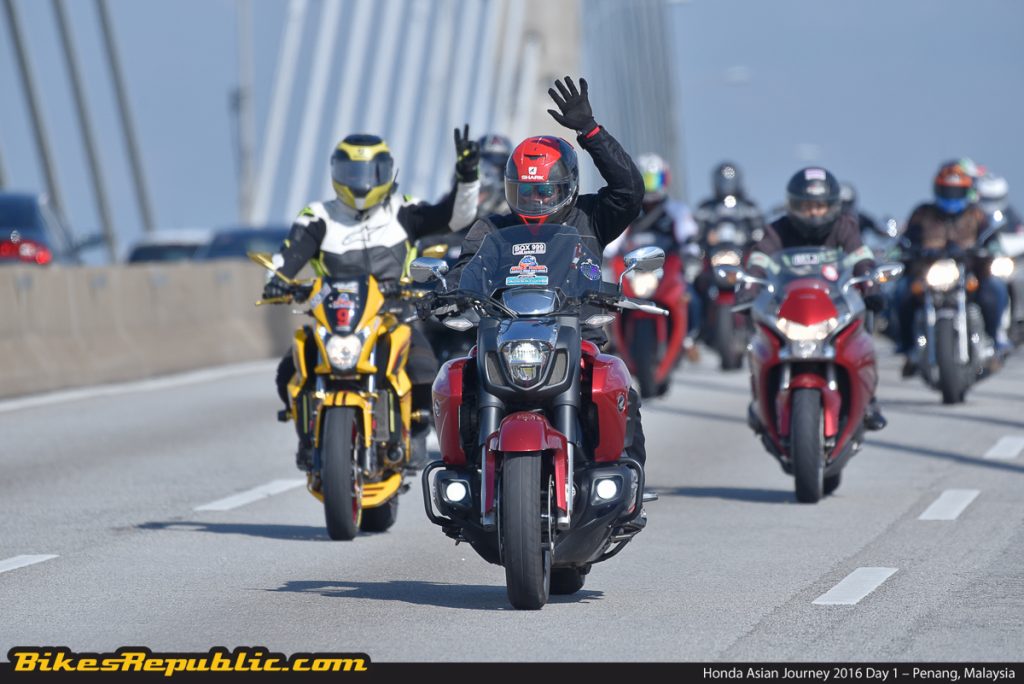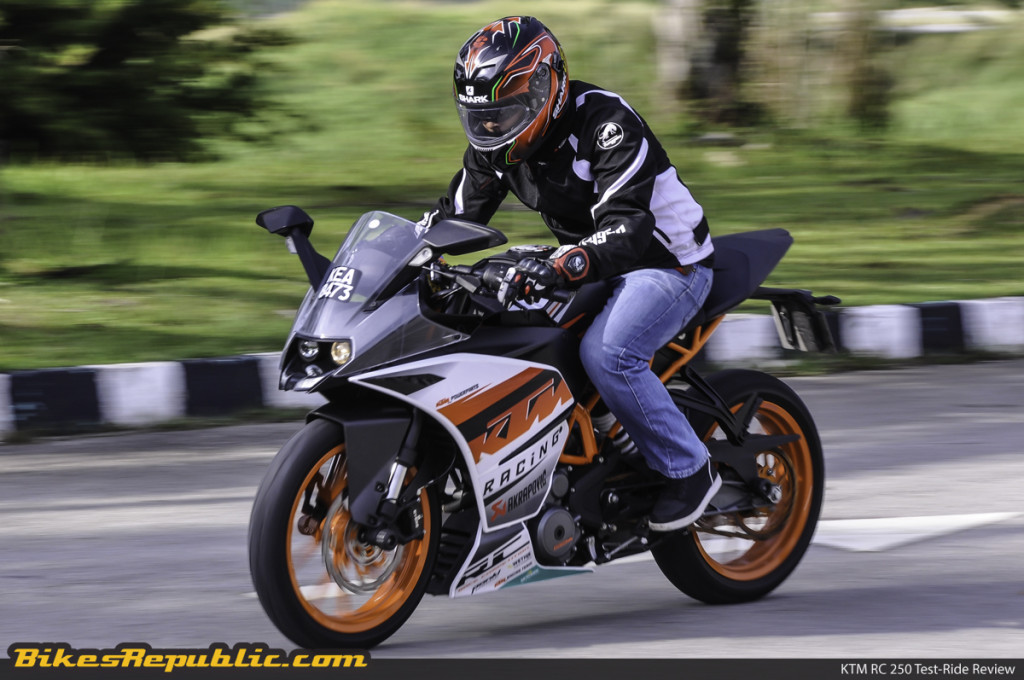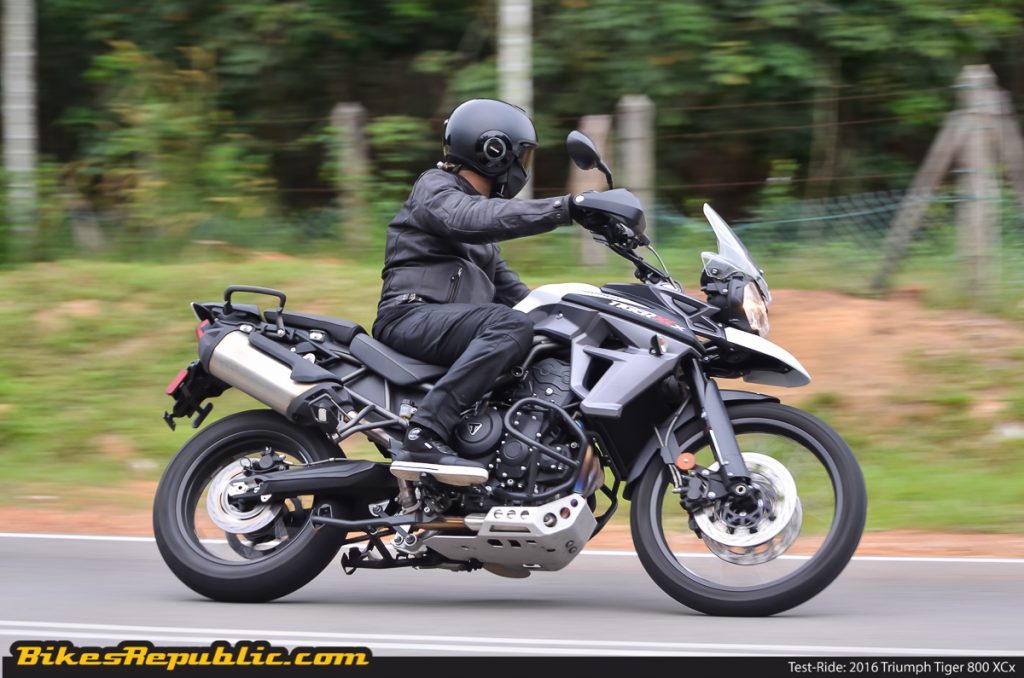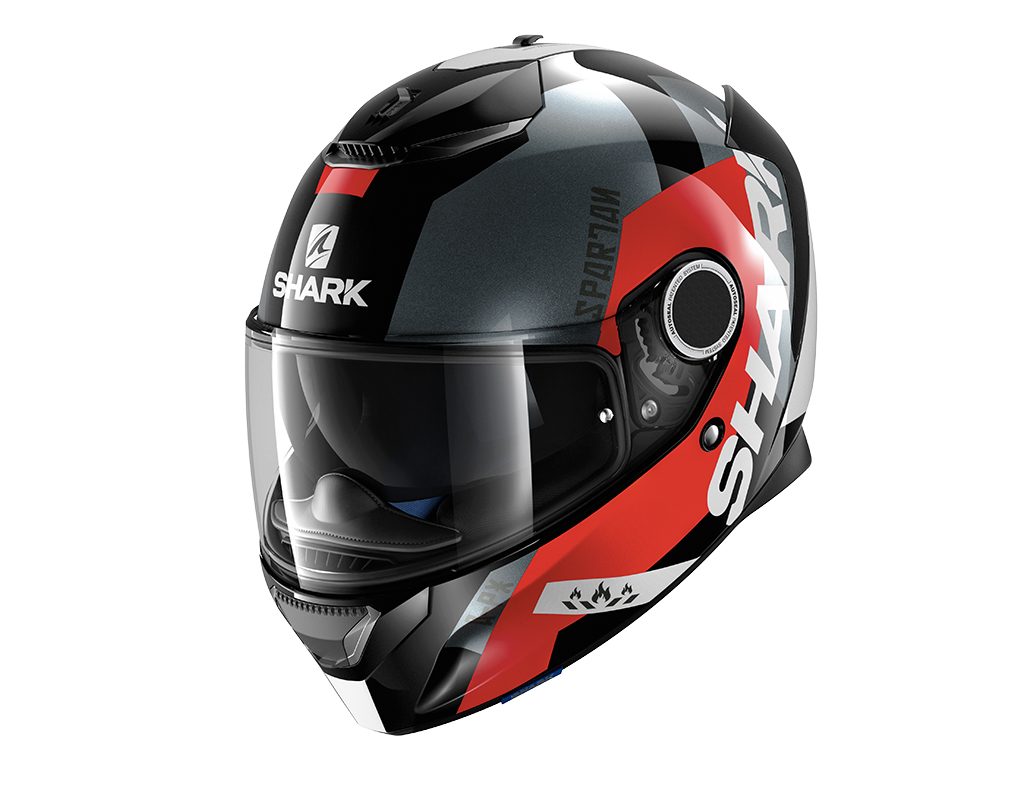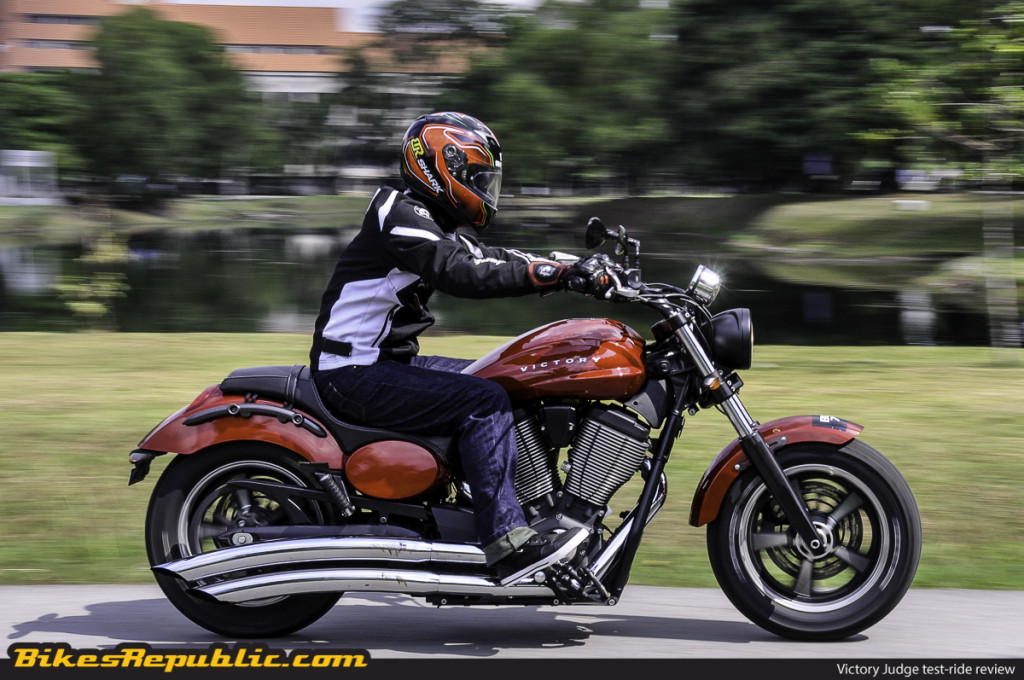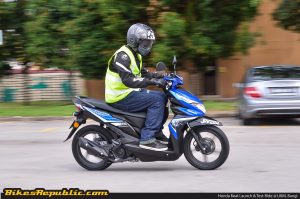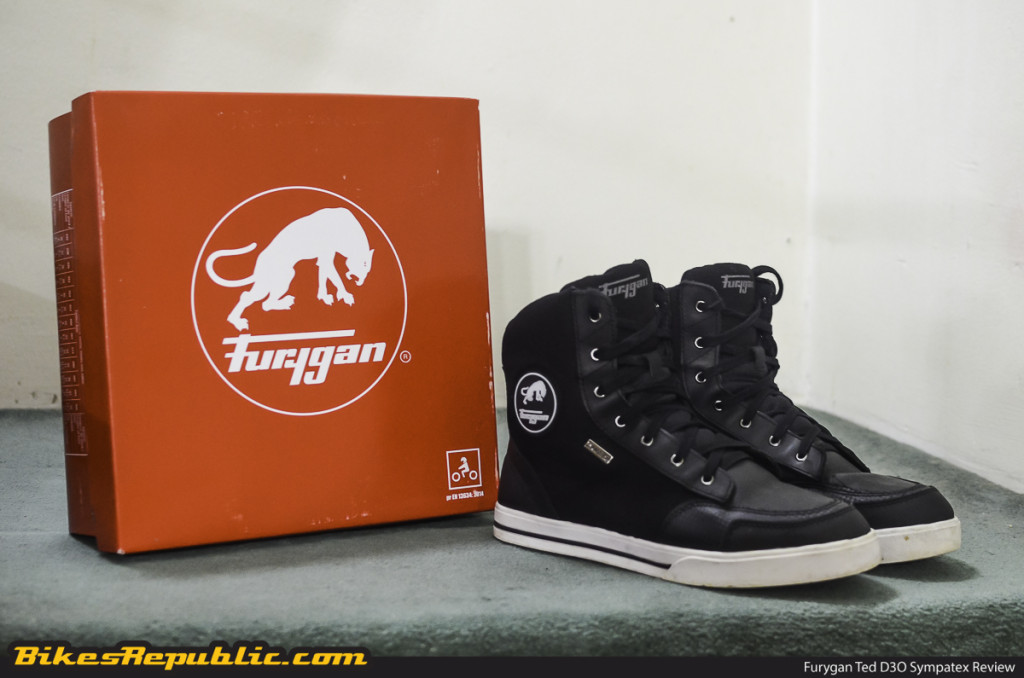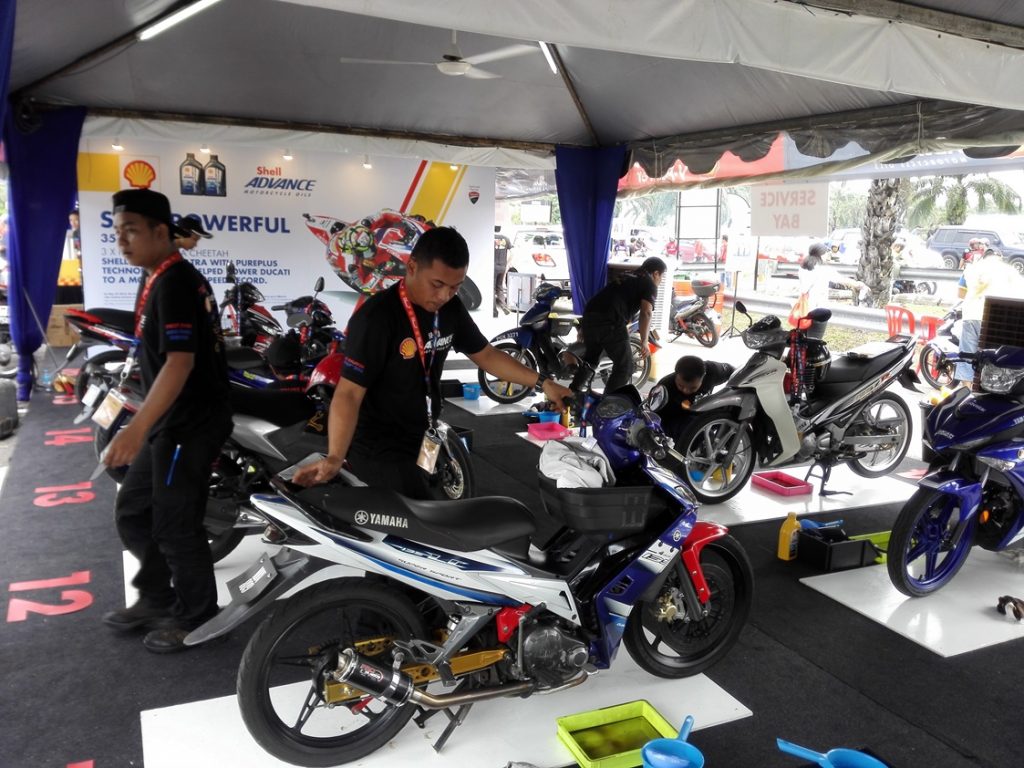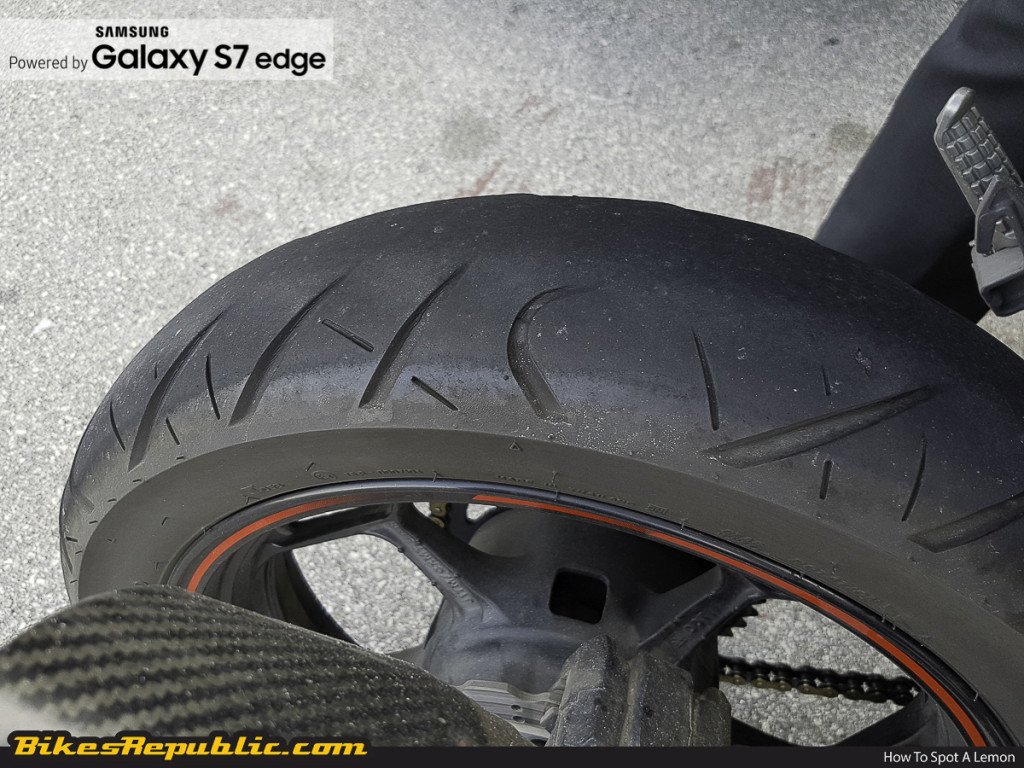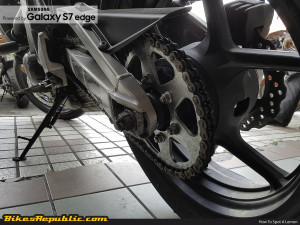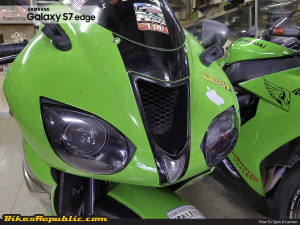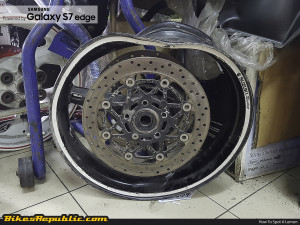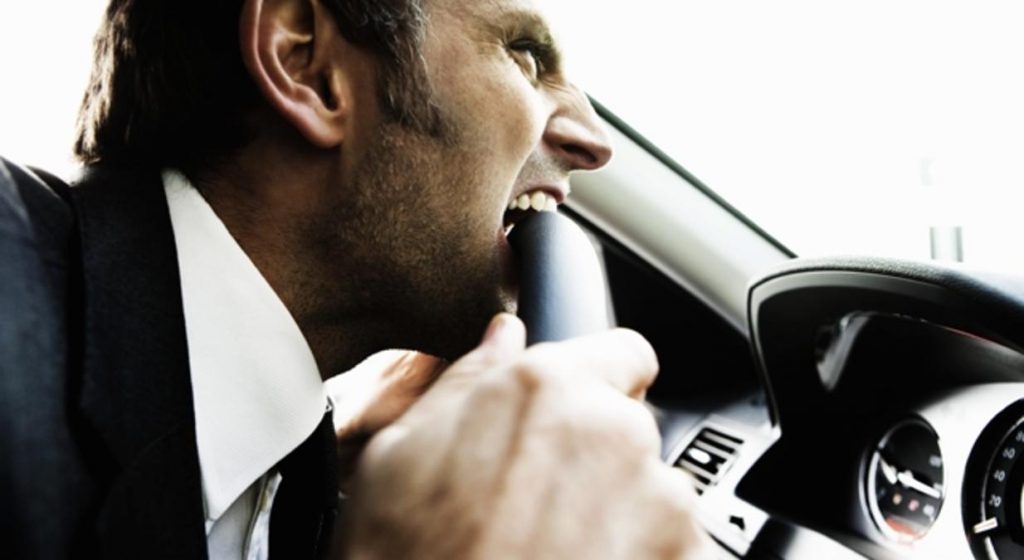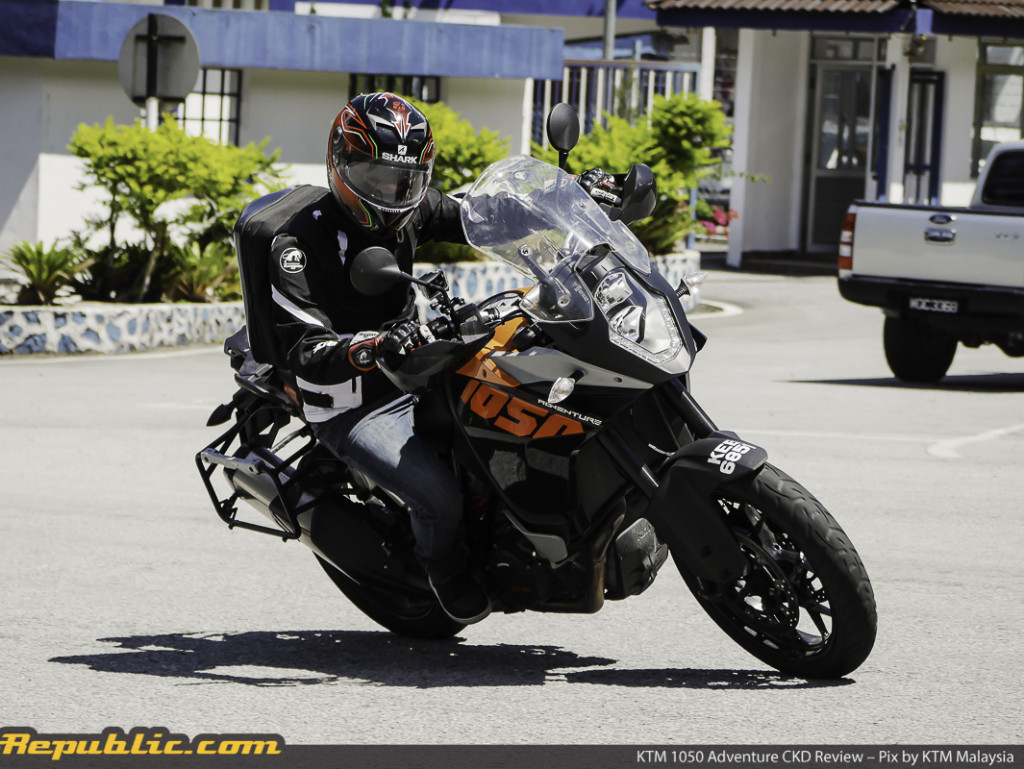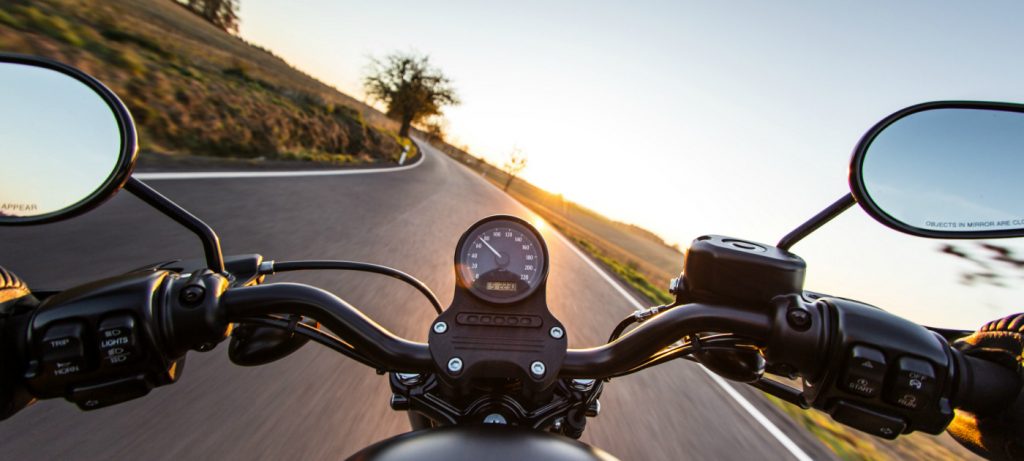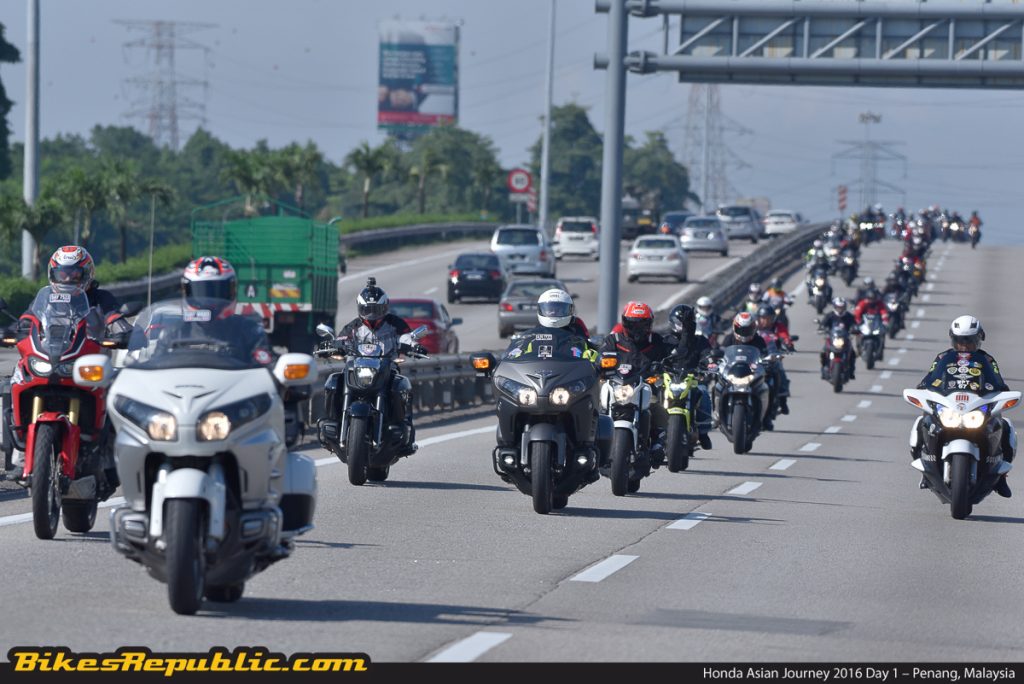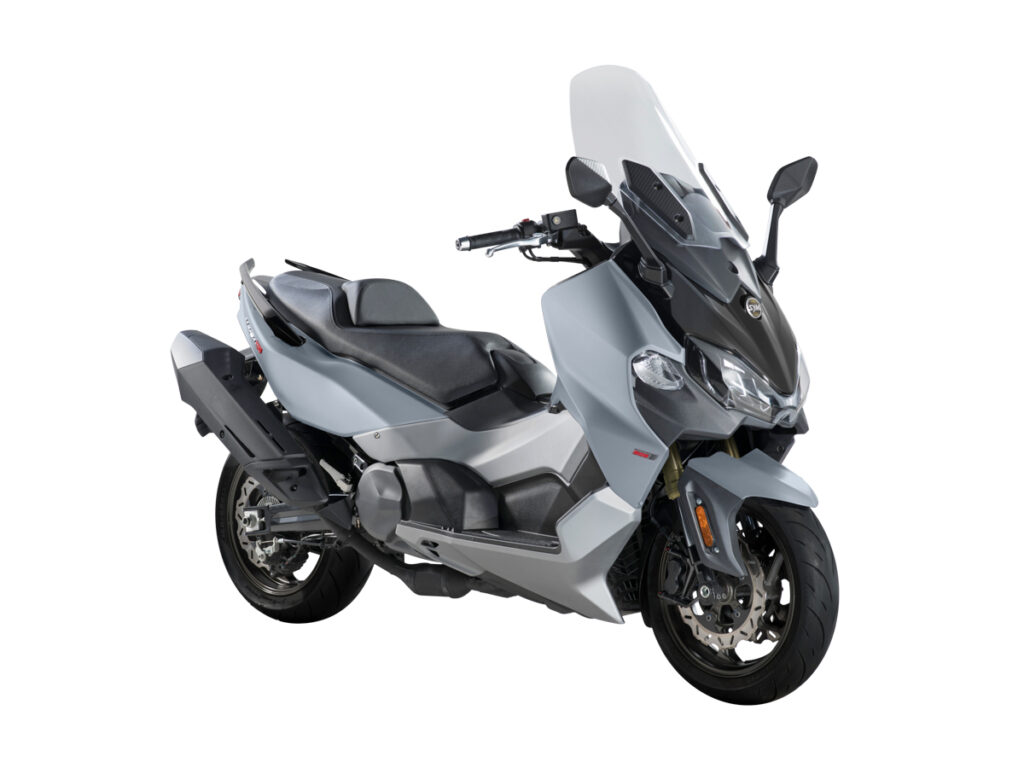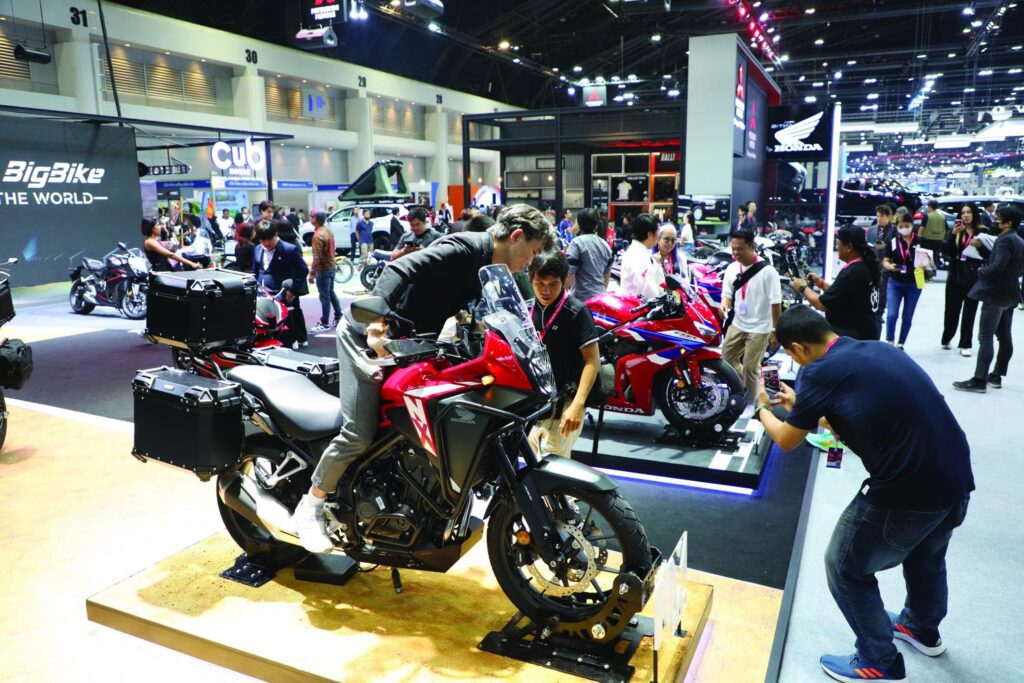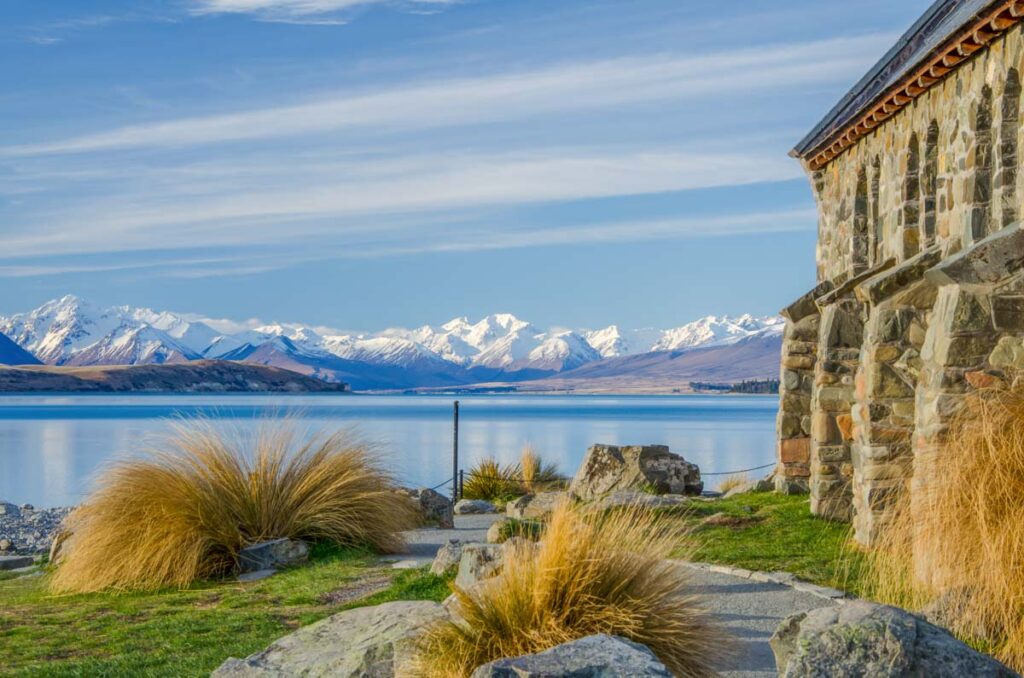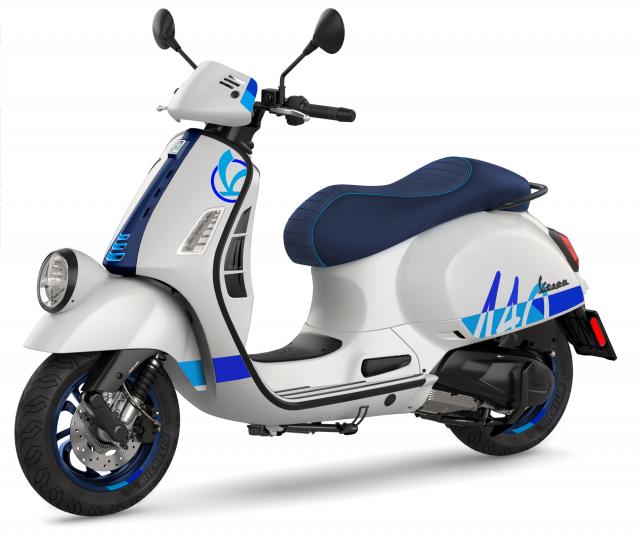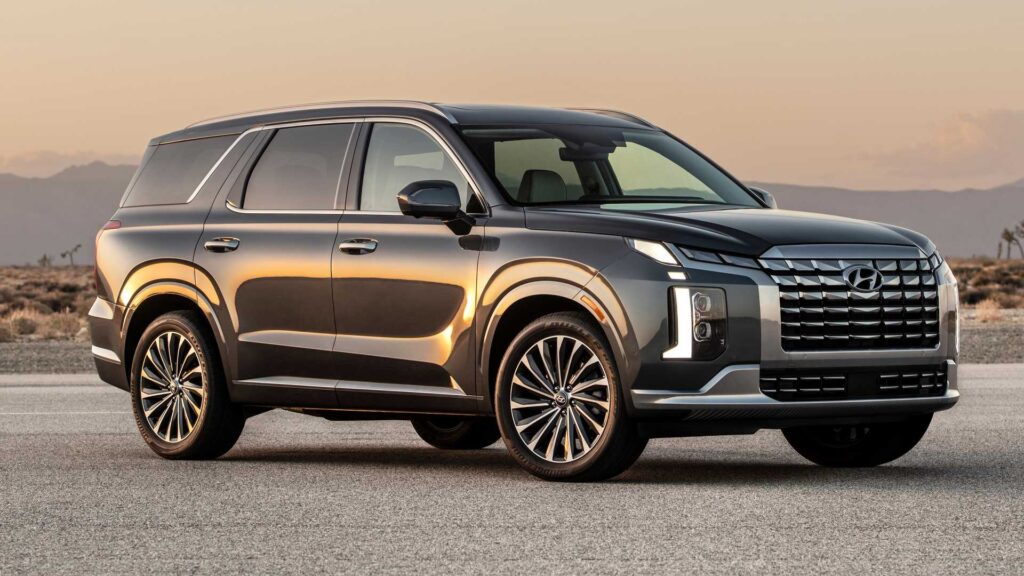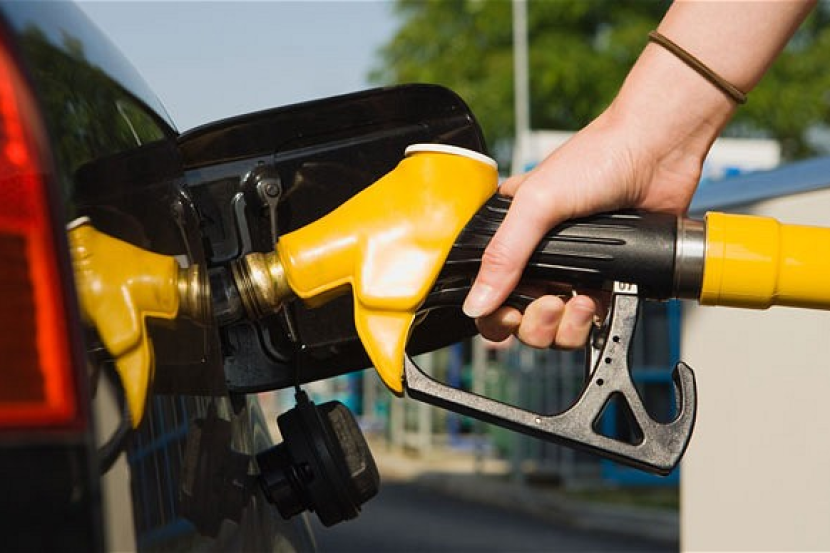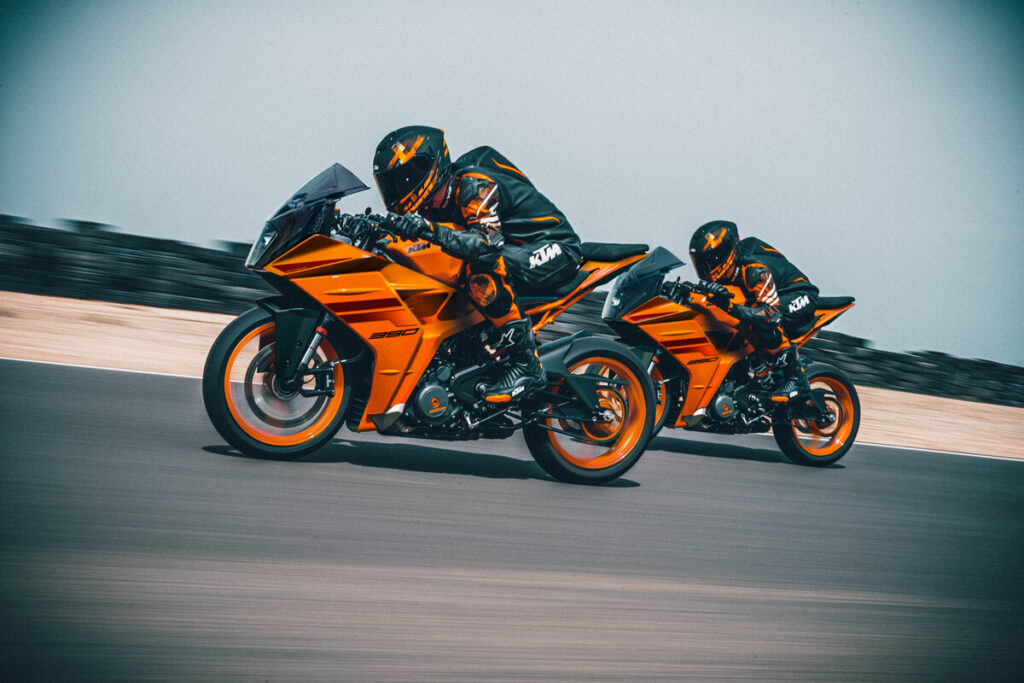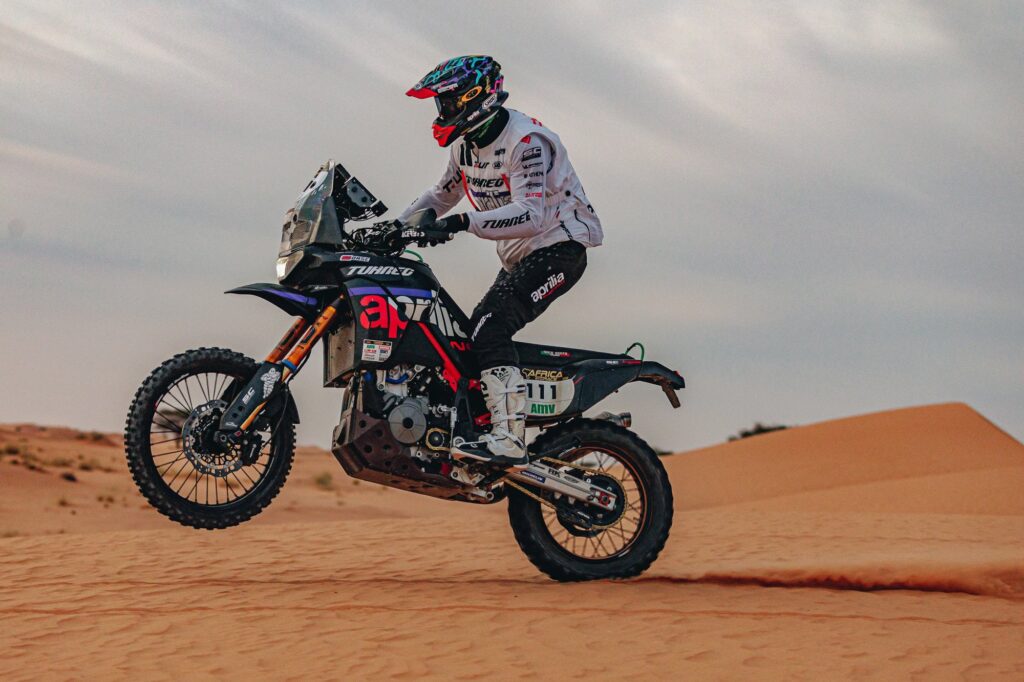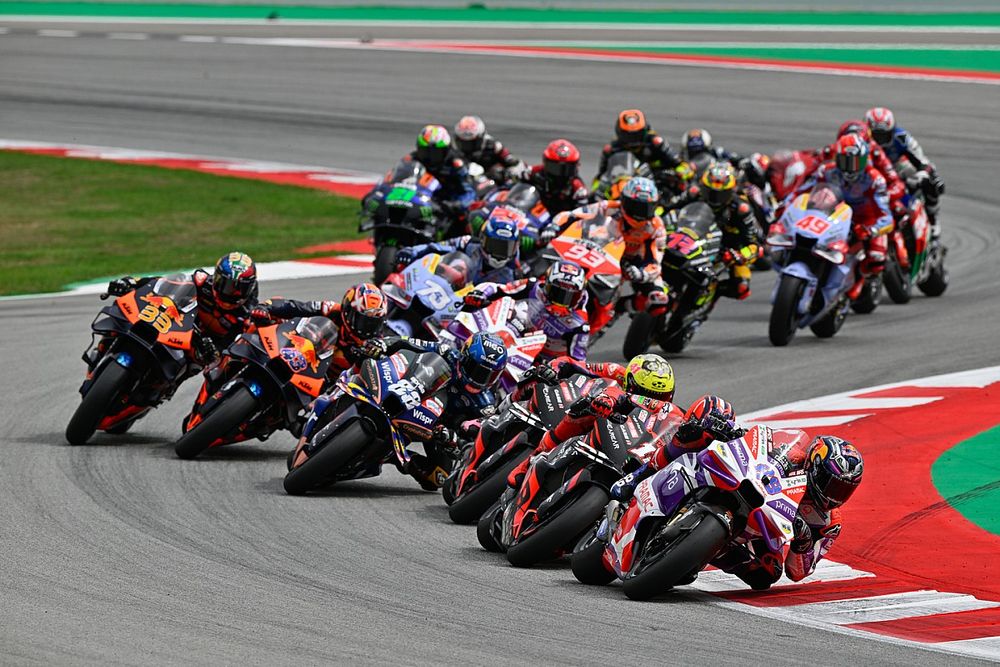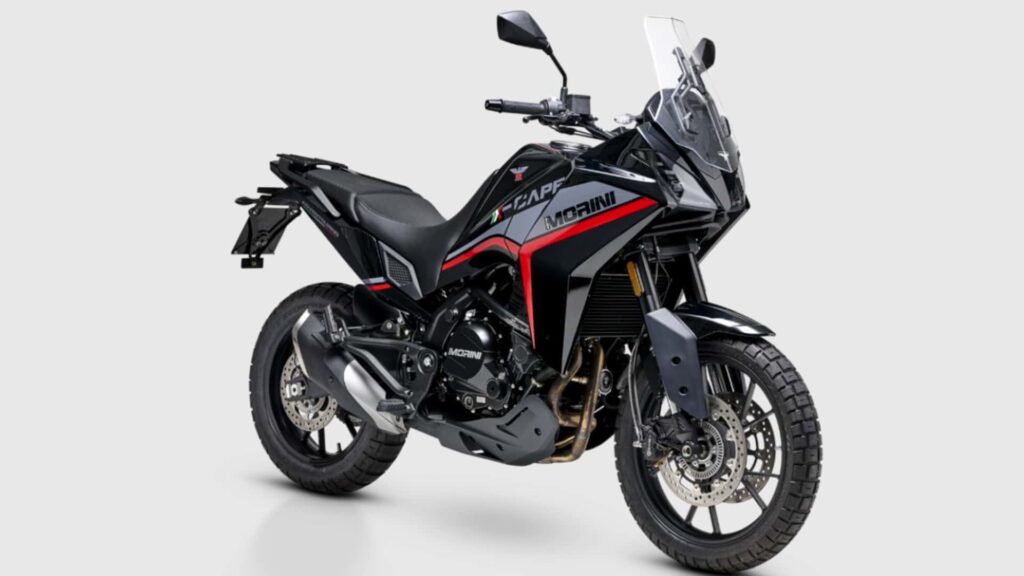Here’s a simple biker’s guide to surviving the road that you can use everyday before riding.
Riding the open road can be lots of fun and liberating, but ask any seasoned biker and they will tell you how quickly a good Sunday blast can become dangerous. The following tips are a reminder to us bikers everywhere regarding how to survive and stay safe on the road.
Proper Riding Gear
A biker’s first line of protection against the unforgiving asphalt is their gear. Be sure to purchase proper gear before you start hitting the road, including a good helmet, boots, gloves and various other street bike gear.
Head injuries are the leading cause of motorcycle deaths in this country. Bikers not wearing helmets the proper way and bikers wearing cheap plastic lids are far more likely to sustain fatal head injuries. Suffice it to say that wearing a helmet properly fastened is a good habit to develop and it takes only a couple of seconds; seconds which could save your life.
A full face helmet is the safest type of lids on offer, the initial drawback is not feeling the wind blowing, not feeling the speed and wind hitting your face but its benefit is serious injury avoidance.
A proper riding jacket and pants with good quality padding are also highly recommended for road riding. While many might not consider a rash a serious problem, road rash, on the other hand, could be extremely painful. If you experience even a minor accident without proper protection, the first to go will be several layers of your skin.
Proper shoes – preferably motorcycle boots – are also recommended as the choice of footwear when riding a motorcycle.
Pre-Ride Inspection
Before mounting your bike, you’ll want to give the bike a quick inspection – something we all learnt about in riding school. Our guide to spotting lemons should help you here too.
It is always a wise recommendation to start by checking the status of your motorcycles lights, brake lights, tire pressure, mirrors, signal lights, chain condition and petrol level every time you plan to go out for a ride.
Walking a lap around the bike, to see if anything looks obviously wrong or out of order, is recommended as well. Doing so could potentially save you from unnecessary repairs due to riding around with busted equipment.
Leave Emotion At Home
Just like when getting behind the wheel of a car, make sure you are calm and collected. Never ride angry, or overly emotional in any way. Distractions impair judgment, and could ultimately cause an unforeseen accident.
On a motorcycle, your reaction speed is key to disaster avoidance. If you’re sick, tired or just having a tough day – it might be best to just leave the bike at home.
Because riders must twist their bodies in order to maintain balance when turning/cornering or braking suddenly, it may also be a good idea to practice encountering emergency situations, such as vehicles merging into your lane due to you falling into their blind spots.
Eyes On The Road
Just because you see a car doesn’t necessarily mean that they see you too. Defensive riding is key to motorcycle safety. Maintaining maximum visibility is of the utmost importance, and can be done in a variety of ways.
Don’t look around too much at the passing scenery. While it might be tempting to gaze upon the terrain you’re riding by, stop your bike if you’d like to take a thorough look around. Your head should remain in a forward position with your eyes focused on the road at all times when riding a motorcycle.
One of the most dangerous places for a motorcycle is when two roads meet. In fact, 70% of motorcycle accidents occur at junctions. This is part of the reason why maintaining visibility is critical. Unexpected cars will pull out from side roads or lanes, into the path of a somewhat oblivious motorcyclist. It is extremely important to plan ahead for upcoming junctions or intersections, and begin braking early on.
When riding, one should always be scanning the road, aware of your surroundings, as well as leaving three seconds of crash avoidance space for safety precautions. Another highly recommended safe riding practice is buffering, or creating as much space around your bike as possible to avoid hazards when riding.
We hope that this simple biker’s guide to surviving the road will serve you guys well. Ride safe and keep on rolling.

